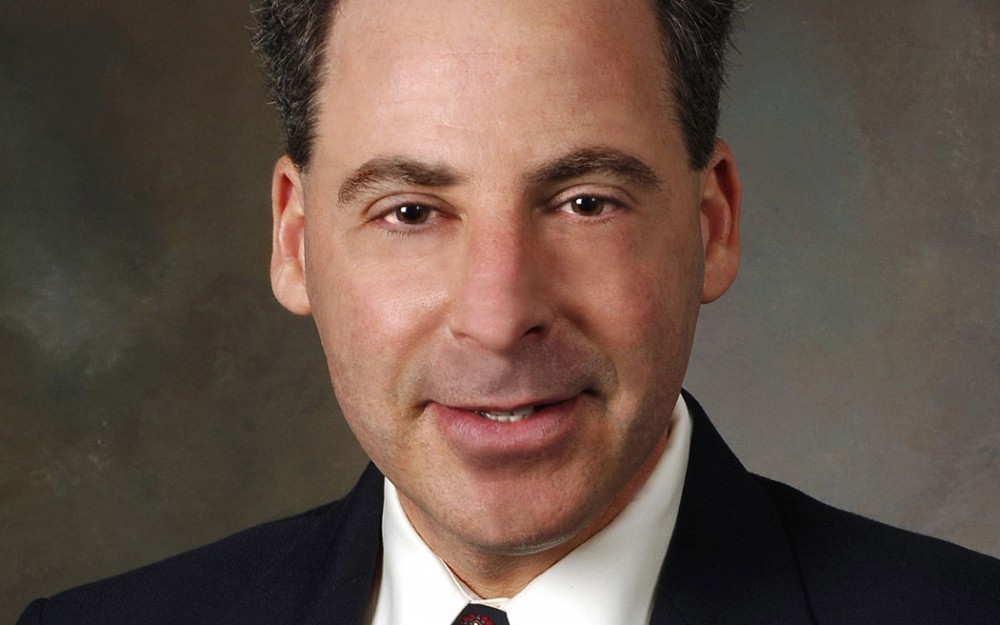
UC Studies Effectiveness of Stem Cells Against Painful Heart Condition
CincinnatiUC researchers are participating in a nationwide clinical trial to test the effectiveness of treating adult heart disease patients with their own stem cells.
The goal of the 20-center study, says local project leader Neal Weintraub, MD, director of cardiology at UC, is to improve the lives of people who suffer from a lack of blood flow to the hearta painful condition known as chronic myocardial ischemia, or angina.
The hope is that the stem cells will help to form new vessel networks to deliver blood flow to the heart and alleviate the symptoms of angina, says Weintraub.
Stem cells are undifferentiated cells that havent yet evolved into any specific tissue. For this study, the researchers will collect cells capable of forming endothelium, the inner lining of blood vessel walls, from each patients blood, and then inject them into regions of the patients ailing heart that have insufficient blood flow.
Whats different about this study, says Weintraub, is that obtaining the cells is less invasive compared with previous methods of harvesting them.
Instead of collecting the stem cells directly from the patients bone marrow, the standard approach, researchers in this phase-2, double-blind, placebo-controlled study will use a far more comfortable and convenient procedure. They will inject participants with a medication that mobilizes or draws the cells out of the bone marrow and into the blood stream, where they can easily be harvested.
The researchers will collect the stem cells using Hoxworth Blood Centers sophisticated Amicus blood cell separator, a process known as apheresis. They will then identify the specific stem cells they need using a state-of-the-art Isolex 300i magnetic cell selection system, after which staff at UCs cardiac catheterization lab will inject the purified cells into the patients heart.
Lab personnel will use a NOGA XP cardiac navigation system, recently approved by the Food and Drug Administration, to map the heart and guide an experimental catheter, known as a Myostar, to inject the cells into the heart.
No surgery is involved, Weintraub stresses, so patients will be allowed to go home the next day. Their progress will then be followed for a year.
The risk of this therapy is low, Weintraub says, and its much less traumatic than performing open heart surgery to deliver the cells.
The bodys ability to heal injury and restore normal function often ends up having something to do with stem cells, Weintraub explains.
The body has an innate capacity to heal itself, he says. This ability of stem cells to regenerate and replenish tissue function helps us to heal from injuries and illnesses. It may also help us maintain bodily functions as we age.
We have known for some time that stem cells capable of forming endothelium circulate in the blood stream and may help to maintain normal blood vessel function.
So what were trying to do, says Weintraub, is enhance natures own way of healing by isolating these cells and injecting them in concentrated form directly into the heart, where we think they can help improve blood flow to the heart muscle.
The Cincinnati study will eventually involve about a dozen patients. Study candidates, says Weintraub, will be stable angina patients who have no other options for treatment, either through bypass surgery, inserting a stent (a perforated tube that holds the narrowing artery open), angioplasty (expanding the artery with a balloon) or additional medications. Anyone who has recently suffered a heart attack would not be eligible for several months after the attack.
Thanks to the new technology that UC and University Hospital will use in the trial, says Weintraub, We hope this will be the first of many studies of how stem cells may best be used to treat heart disease. To that end, he says, the state of Ohio has developed a consortium involving the University of Cincinnati and other major medical centers and university-based hospitals that will collaborate on developing and delivering new stem cell therapies to patients.
For more information on the study and details of participation criteria, call (513) 558 2273, e-mail heart@uc.edu or visit www.uchearts.com.
The trial is funded by the Cellular Therapies business unit of Baxter Healthcare Corporation, which manufacturers the Isolex cell selection system. Weintraub has no financial interest in either Baxter or Johnson & Johnson, which market the NOGA XP and Myostar technologies.
Tags
Related Stories
UC lab using $2.6M grant to study type of heart disease linked...
July 17, 2025
A University of Cincinnati College of Medicine researcher has been awarded a $2.6 million federal grant to study a potentially deadly form of heart disease that affects people with diabetes called diabetic cardiomyopathy.
Two local families host special blood drives
July 17, 2025
Two Tristate families are turning personal journeys into community impact by hosting specialty blood drives in honor of their children this July.
Champions of progress and opportunity
July 16, 2025
Tom met his wife, Pam Mischell, DAAP ‘71, as a University of Cincinnati student. When a date canceled his plans to go to a concert, he asked a Phi Kappa Theta fraternity brother to help him find a new date.
